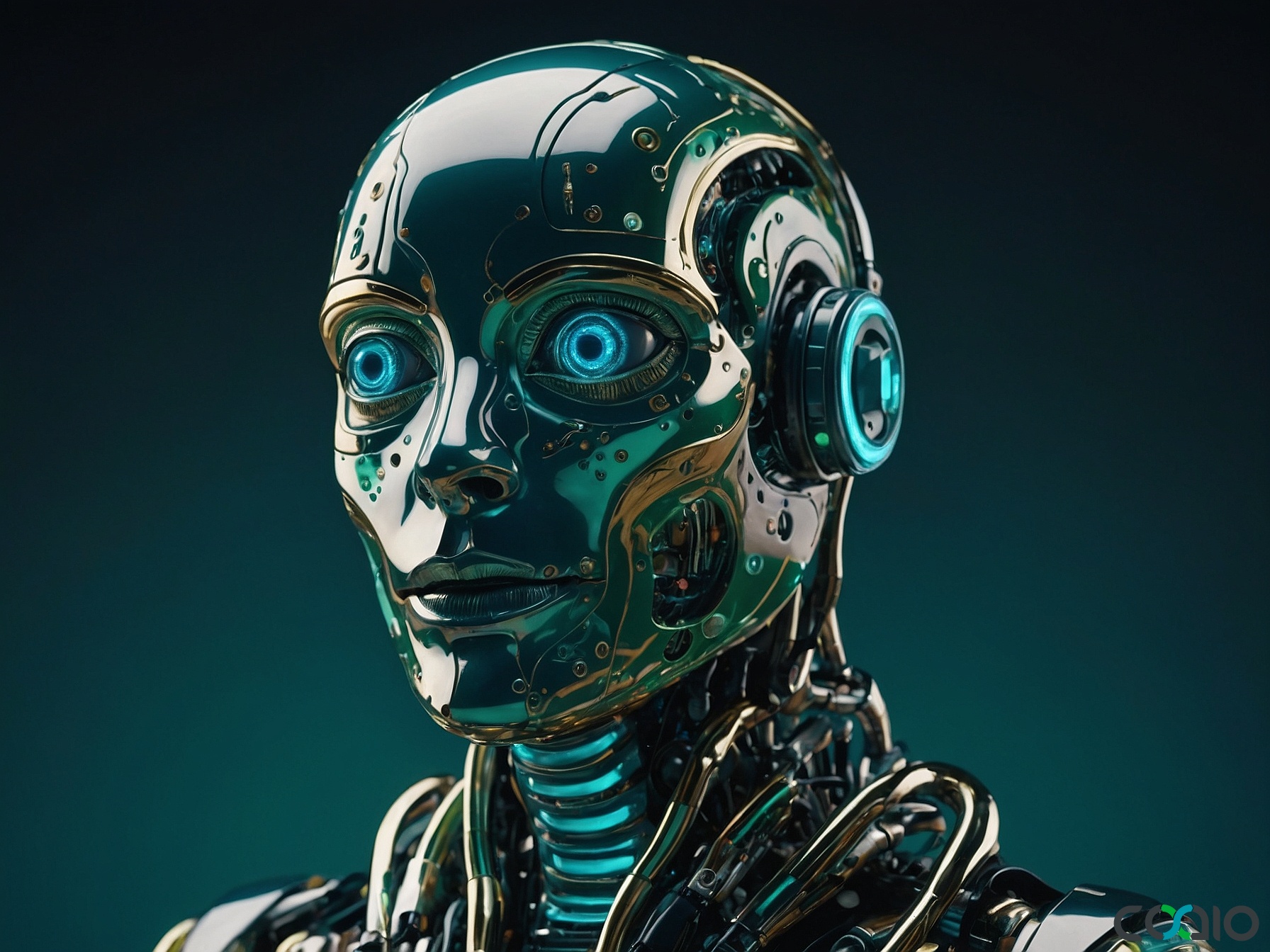
Unlocking the Future of Software Development: AI, Workforce Trends, and Productivity Challenges in 2025
In the fast-paced world of technology, software development continues to evolve at breakneck speed, shaped by innovations, economic shifts, and emerging challenges. As of July 5, 2025, recent reports highlight a mix of advancements and hurdles that are reshaping how teams build, manage, and optimize software. From the subtle yet significant impact of “gray work” to the double-edged sword of AI integration, the industry is at a crossroads. This article delves into the latest news, exploring how these trends could influence businesses and developers alike, while drawing connections to practical solutions for startups and growth-stage firms.
The Rise of Gray Work in Software Development
One of the most intriguing discussions in recent tech news revolves around “gray work,” a term that refers to the unseen, often inefficient tasks that bog down software development teams. According to a report from SD Times published on July 2, 2025, teams have been aggressively pursuing productivity gains through tools like AI-powered coding assistants and enhanced collaboration platforms. However, this quest for efficiency might be counterproductive. Gray work encompasses activities such as unnecessary meetings, redundant documentation, and context-switching between tasks, which can erode the very productivity these tools aim to boost.
The article explains that while AI assistants can cut coding time, they often lead to overlooked issues in code quality or team dynamics. For instance, developers might spend less time writing code but more time debugging AI-generated errors or aligning on changes, ultimately slowing down projects. This phenomenon is particularly relevant for startups, where resources are limited, and every hour counts. Read more about the impact of gray work on software development.
In practice, this highlights the need for streamlined processes. Teams are encouraged to adopt better project management strategies to minimize these inefficiencies, allowing for faster iterations and higher-quality outputs. As businesses navigate this, the focus shifts to balancing automation with human oversight, ensuring that the drive for speed doesn’t compromise long-term success.
The AI Productivity Paradox: Efficiency vs. Human Skills
Closely related to gray work is the AI productivity paradox, a topic that’s gaining traction as generative AI becomes ubiquitous in software engineering. An in-depth piece from SD Times, dated July 2, 2025, explores how AI tools promise faster code generation, automated testing, and reduced costs, but at what expense? The paradox lies in the fact that while individual tasks might be completed more quickly, overall system performance and team capabilities could suffer.
The report synthesizes insights from cognitive science and software engineering experts, noting that over-reliance on AI can lead to skill atrophy among developers. For example, junior engineers might depend too heavily on AI for routine coding, potentially hindering their ability to innovate or troubleshoot complex problems independently. This balance between efficiency and retaining human expertise is crucial, as organizations risk creating a workforce that’s less adaptable in the long run.
According to the article, cognitive scientists argue that AI’s role should be supportive rather than substitutive, fostering an environment where developers can learn from tools without losing their creative edge. Dive deeper into the AI productivity paradox. This paradox is especially pertinent in 2025, amid economic uncertainties, as companies seek ways to optimize without alienating talent.
Real-world examples abound, with firms reporting mixed results from AI adoption. A survey mentioned in the piece indicates that while 70% of teams saw improvements in delivery speed, only 40% noted enhancements in overall project outcomes. This underscores the importance of strategic implementation, where AI augments rather than replaces human ingenuity.
Workforce Trends and Growth in the Tech Sector
Shifting gears, the tech workforce is experiencing steady growth despite global economic headwinds. The CompTIA State of the Tech Workforce 2025 report, released on July 1, 2025, and covered by SD Times, paints a optimistic picture. It reveals that the U.S. tech workforce expanded by 1.2% in 2024, reaching 5.9 million professionals, and is projected to hit 6.1 million in 2025. This growth spans various roles, from software developers to data analysts, driven by demands in AI, cybersecurity, and cloud computing.
The report also highlights other developments, such as Meta’s recent joining of the Kotlin Foundation, which could accelerate mobile app development ecosystems, and Percona’s launch of Transparent Data Encryption for PostgreSQL, enhancing data security for databases. These updates signal a broader industry push toward specialization and innovation. For instance, Meta’s involvement in Kotlin might streamline cross-platform development, making it easier for teams to build efficient, scalable applications.
However, this growth isn’t without challenges. Economic uncertainty has led to cautious hiring, with companies prioritizing skills in emerging technologies. The report emphasizes the need for continuous upskilling, as seen in initiatives like CompTIA’s certifications, which help professionals stay relevant. Explore the full CompTIA report and related news.
In this context, businesses are rethinking team structures, often turning to outsourcing to access cost-effective talent pools. This approach can address workforce gaps while maintaining high standards, allowing companies to scale without the overhead of in-house expansion.
Beyond Software: Intersections with EV Tech and Security
While the core focus remains on software development, recent news in adjacent fields like electric vehicles (EVs) and cybersecurity illustrates the interconnectedness of tech sectors. For example, TechCrunch reported on July 3, 2025, that Slate Auto has adjusted its pricing strategy following the Trump administration’s decision to end the federal EV tax credit. This change, part of a broader tax cut bill, has forced EV manufacturers to rethink affordability, potentially impacting software systems in vehicles, such as autonomous driving algorithms and battery management software.
On the security front, Ars Technica highlighted a concerning breach on July 3, 2025, where a provider of a covert surveillance app exposed passwords for 62,000 users. Intended for parental monitoring, the app’s emphasis on stealth raised ethical questions, especially regarding privacy and data protection. This incident underscores the vulnerabilities in software development, particularly in apps handling sensitive data, and the need for robust encryption and ethical design practices. Learn more about the surveillance app breach.
These stories remind us that software doesn’t exist in a vacuum; it’s integral to broader innovations. As EV tech evolves, so must the software powering it, and security lapses like the one reported serve as wake-up calls for developers to prioritize user safety.
As we wrap up this exploration of 2025’s software development landscape, imagine a world where innovative ideas flourish without the drag of operational hurdles. Picture founders channeling their energy into groundbreaking concepts, supported by efficient, tailored solutions that minimize risks and maximize results—like a well-oiled machine where every part works in harmony. This vision echoes the essence of turning bold ideas into reality, ensuring that technical and non-technical creators alike can navigate the complexities of software creation with ease, focusing purely on what makes their ventures unique.
About Coaio
Coaio is a Hong Kong-based tech firm that specializes in outsourcing software development and building expert teams in Vietnam. We offer comprehensive services including business analysis, competitor research, risk identification, design, development, and project management, delivering cost-effective, high-quality software solutions with user-friendly designs tailored for startups and growth-stage companies in the US and Hong Kong markets. By partnering with us, you can streamline your operations, reduce risks, and bring your ideas to life efficiently, allowing you to concentrate on innovation and growth.
 Français
Français
 Español
Español
 廣東話
廣東話
 中文
中文
 日本語
日本語
 한국어
한국어
 العربية
العربية
 Deutsch
Deutsch
 English
English
